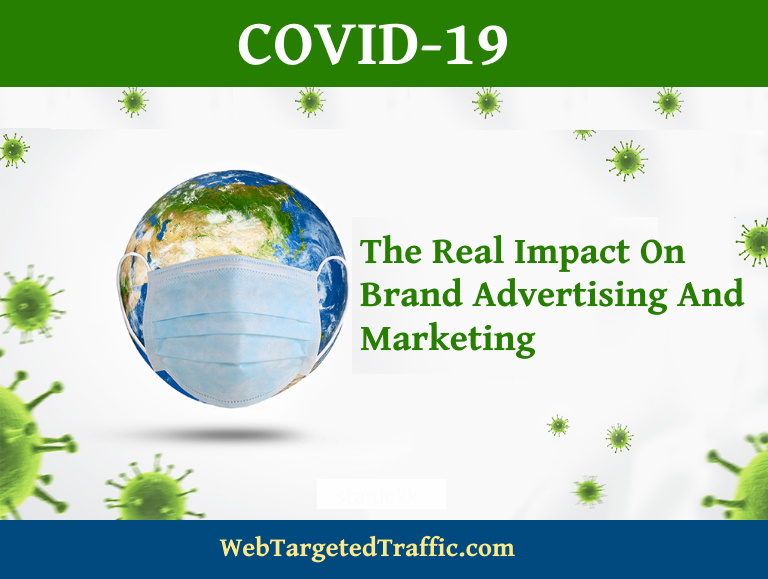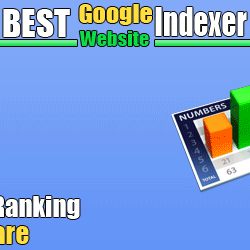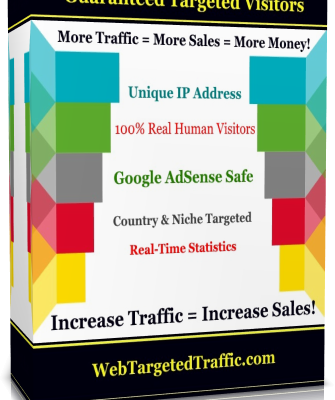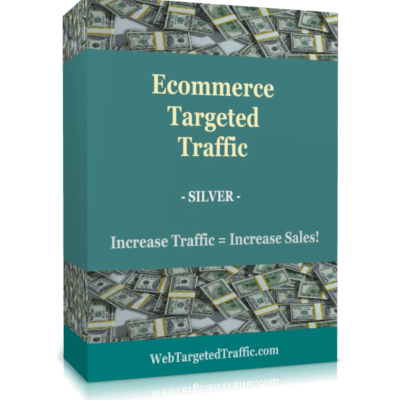This is how COVID-19 is affecting the advertising industry:
- The coronavirus pandemic has caused a considerable drop in advertising spending.
- Ad spends are down 9% on average across Europe, with Germany and France falling by 7% and 12% respectively.
- Three of this years quarters are expected to have a greater impact that the financial crisis in 2008.
There’s a rule of thumb in the advertising industry that ad spend follows any rise or fall in GDP. Over the last decade, as global GDP has risen 3-6% each year, the ad market has grown with it to around $646 billion USD in 2019. Pre-coronavirus, the ad market was forecast to grow to $865 billion USD by 2024.
Coronavirus has forced a rethink – the pandemic has led to an immediate drop in advertising spending. First quarter data from Publicis showed that year-on-year revenue in China was down 15%. Countries in Europe saw an average reduction of 9%; Germany and France fell 7% and 12% respectively.
COVID-19 is changing consumer behaviour – and therefore advertising
Wherever consumer behaviour has shifted, advertising spend has adjusted in response. It makes little sense for advertisers to spend on media that have no audience. As confinement measures were introduced around the world, out-of-home and cinema advertising shrank almost instantly; print advertising also fell.
Meanwhile, in-home media usage went up. TV viewership has climbed, but digital consumption has increased even more: use of social platforms and streaming services have risen almost everywhere; gaming has also grown dramatically.
Advertisers have adapted by following consumers, which means prioritizing digital advertising. The online environment is favourable for “direct response” campaigns – those encouraging quick purchases by consumers – an attractive proposition for brands spending cautiously and looking to drive sales. In the first quarter, Facebook and Google saw better than anticipated first quarter revenues.
Table of Contents
COVID-19: What strategies should digital marketers follow?
This pandemic is affecting the health of the public, and it’s also impacting the economy. According to Google, “since the first week of February, search interest in coronavirus increased by +260% globally.” While spikes in search trends are common during events of this scale, there have also been surges in traffic for related products and topics as a direct response to the pandemic.
The outspread of coronavirus disease (COVID 19) has affected everyone on the planet. This is for the first time in the history of mankind when more than 70% of countries – which include developed, developing, and underdeveloped nations – are under lockdown. It has already caused huge unrest in the global economy.
People have lost their jobs and are left with no or limited sources of income, companies specifically small and medium cap businesses are shutting down. Giants are putting many of their processes on hold. A number of government organizations, too, have been closed down as a preventive measure for coronavirus spreading.
Digital marketing is not a quick-fix solution to gain momentum. It does not give you visibility overnight. If you are using digital marketing techniques such as search engine optimization (SEO) or social media marketing (SMM) – I believe you are already aware that your implementations take three to four months’ time to give results.
So, if you choose to stop working on digital marketing, you would see a severe downfall after a quarter or so.
The solution
This is a difficult time for us all. You as an employer will need to keep your workers motivated in order to ensure that the work does not gets delayed or stopped. Asking to work from home will be a great support for your employees, as well as for your digital marketing.
But the most important question here is, what strategies should digital marketers follow?
Consumer behavior has changed drastically. We all see a different consumer today. As mentioned above, markets are closed, necessities are out of stock or being sold at 30% to 50% increased rates, buyers and their families are staying at home – some of which have lost their jobs and have limited sources of earning.
This behavioral shift has changed the market scenarios as well. We have a completely different market to serve.
With that said, we will need a different approach to marketing.
Businesses are reacting by proceeding with transparent communication, ensuring customers are aware of company closures, product backorders, and other critical information. Businesses should utilize their Google My Business profile and social media platforms appropriately to provide frequent updates.
Suggestions include:
- Updating hours of operation if they have been, or will be, impacted in any way.
- Provide a short update in the business description that lets customers know if any changes to the normal business routine have been made.
- Use posts to get special messaging out, whether it concerns products or closures.
- Monitor customer comments to respond to any questions or concerns.
If customers are looking to get information regarding your company during this time, Google My Business is likely the first place they’ll look. Even if nothing has changed in your day-to-day proceedings, take a few minutes to double-check that the information on your listing is correct.
-
Develop a short-term strategy
Develop a short-term strategy and see how the market conditions behave
A pro tip for digital marketing is – keep it flexible. If there are provisions for alterations in your digital marketing strategy, you would be able to adapt to any situation.
Which strategy suits your business and which doesn’t – it can only be measured after it is implemented. Your digital marketing strategy should be flexible enough to come out of any situation.
Moving back to the ongoing corona situation, you will need to develop a different, short-run strategy to implement during the lockdown. You can start by:
- Understand the audience
- Assess whether your product is in demand
- Evaluate the amount of website traffic and its source
- Notice how the user behavior on your website
Prepare a marketing strategy around these factors. If your product is in demand, you can draw in a huge amount of traffic through your local implementations.
And if it doesn’t fall into that category, you can lure them in by offering discounts and lockdown special offers like Neil Patel did by making many features of his Ubersuggest free and iCustomLabel.com did by offering free shipping during the lockdown.
-
More focus on pay-per-click (PPC)
Believe it or not, cost-per-click (CPC) is proving more yielding for marketers during the corona lockdown. Since the supply of goods is limited, there are fewer ads on leading marketing channels including Google Ads, Twitter Ads, and Facebook Ads.
The traffic and searches both are high, but the competition and with that, the cost of paid ads have taken a downward trend. It could be a great opportunity for your brand to gain exposure and increase traffic and sales.
You can combine SEO, SMO with PPC in your digital marketing strategies.
- Identify your ad and campaign objectives
- Discover the best marketing channel
- Determine your funnel
- Observe the results and refine your implementation
-
Long-term transformation
The pandemic is likely to shape the advertising industry in the long-term. Businesses are prioritizing survival for now, but in the future will have to find new ways of brand-building. The change in people’s media and consumption habits will force a rethink of how best to do so.
As Brian Wieser describes, “Companies will find that there’s never been a better time to pitch ideas that involve real transformation. People will be more open minded and we’re going to see businesses find ways to push transformation even faster. For corporate decision-makers this is going to be radically cheaper than it was a few months ago.”
The second transformation is the decrease in the value of Pay-TV to the benefit of ad-supported streaming video services. Over the past decade, advertising on Pay-TV (subscription services covering linear and digital television) has increased. This is in contrast to the medium’s decrease in viewing hours across almost every age group, and the widespread adoption of smartphones and tablets that make it less likely that consumers devote attention to adverts on TV.
Some TV viewing has moved to other distribution platforms, notably Over-the-top (OTT) providers. As a result, many of the largest media companies have increased investment in their OTT services in recent years; this trend appears set to continue, with coronavirus accelerating consumers’ growing preference for D2C content. Combined, these factors are likely to expedite large brands’ shift away from Pay-TV.
That said, TV-style advertising is far from over. There is clearly consumer demand for ad-supported streaming video services – evidenced by their proliferation around the world. Their so-called lean-back TV environment, alongside the targeting that digital media offers, is perfect for attracting advertisers that would once have looked first to Pay-TV.
Thirdly, as confinement measures relax and out-of-home advertising grows back, these typically offline channels will accelerate their shift to digital. This will increase pressure on the advertising industry to improve how it measures return on investment across different media, devices and platforms.
Alastair Shearly-Sanders outlines the challenge: “Clients and agencies have always sought the best way to invest. Any move towards business outcomes and what constitutes value to the advertiser will need to be managed as effectively as before. We expect to see brands focus more on bespoke strategies that align to revised business objectives, and so will seek out more flexibility in the way they procure media.”
It is likely that technology companies, with analytics and ad auction technologies, have a head start about how to do this compared with other players in the industry. Indeed, the expectation is that digital advertising will continue to grow in the future. Conny Braams outlines Unilever’s position: “The current trend of online shopping will continue in the medium- to long-term, with e-commerce becoming an increasingly important channel within the marketing mix.”
As outlined above, direct response marketing has been prioritized by many advertisers, many of which rely on it for revenue generation. As ad spend reduces in general, spending on digital platforms has reduced more slowly. In the longer-term, this may strengthen the position of digital platforms in two ways. First, they appear to be suffering less relative to others in the advertising ecosystem, enabling them to emerge faster and stronger from the crisis. Secondly, they own behavioural data collected during the pandemic. In an industry where all players are trying to understand consumer habits, this will give platforms a competitive edge going forward.
Updates and Suggestions from Google and Facebook
During times of public uncertainty, the spreading of misinformation is inevitable. It is crucial that news updates from businesses to consumers are carefully reviewed. Two of the largest digital advertising platforms, Facebook and Google, are doing what they can to ensure user safety.
Both platforms are monitoring advertisers so that all of their offerings are being used appropriately. Rob Leathern, Director of Product Management at Facebook, recently stated, “Our teams are monitoring the COVID-19 situation closely and will make necessary updates to our policies if we see people trying to exploit this public health emergency.”
Reaching your audience
For businesses, there is a heightened importance on reaching the correct audience. With users constantly online to monitor news updates, there is a unique opportunity to put together an effective digital strategy.
According to a new Gartner Report released on March 13, 2020, time spent online in China is up 20% since quarantines began. “A significant boost may also occur in the West as people increasingly confine themselves to their homes. Western brands must prepare for increases in internet time and greater customer expectations of digital platforms and online response times.”
Consider these solutions:
- Video – More people are staying inside as the concept of “social distancing” takes hold. This inevitably leads to increased video consumption for news and entertainment purposes. Utilizing OTT and YouTube marketing will help you connect with your audience while they consume video content.
- Device ID – If you’re looking to reach a specific audience with unparalleled accuracy, device ID can be a viable solution. Advertise to consumers based on foot traffic data from the as recent as 5 days, or as far back as 6 months. This is a good option because it can help take into account a user’s behavior in response to recent developments.
- Search – When users search for services in your industry, it’s important to get your business in front of them. Search marketing helps your audience discover your business when they’re most in need of your goods or services.
KEY Takeaway
The Coronavirus situation might be uncharted territory, but there is historical data that shows advertising during times of crisis is important to a brand’s long-term success.
Although many examples focus on financial crises and not pandemics, the current market environment suggests we’re undoubtedly in the midst of widespread economic difficulty. Studies during the recessions in 1985, 1990-91 and 2001 showed sales for companies that remained aggressive during the recession enjoyed sales that were 2.5x the average of all other businesses.
When companies continue advertising during a crisis situation, they convey a sense of stability to consumers. If businesses scale back during these same periods of time, they begin to lose their position in the public’s mind. Consequently, those who maintain their advertising efforts often capture customers of another brand.
Cutting back advertising is not the answer, but repositioning your advertising messages and adopting new tactics may be. This is where working with an agency can be highly beneficial, as an agency will bring to the table insights from what is and isn’t working across numerous other businesses.
Moving Forward
At KBI Marketing & WebTargetedTraffic, we are always here to support your business… in good times and during more challenging times. We understand that the concern for public health and safety is the #1 priority for the foreseeable future. With that being said, we also recognize that businesses are still operating and relying on advertising to impact sales and maintain brand awareness. We are in constant communication with our Google and Facebook representatives and will be monitoring how any impending changes might affect campaign performance.
As always, our goal is to cater to our clients’ changing needs and help them achieve their desired business results. Please reach out to us with any questions.
In addition to our award-winning digital marketing services, we are also going the extra mile to help all businesses with digital transformation and Covid-19 specific marketing strategy.
We have also created new Covid-19 specific digital marketing plans. These plans offer better strategy and more value than ever before.
Learn about our digital marketing and digital transformation services by contacting us here.














